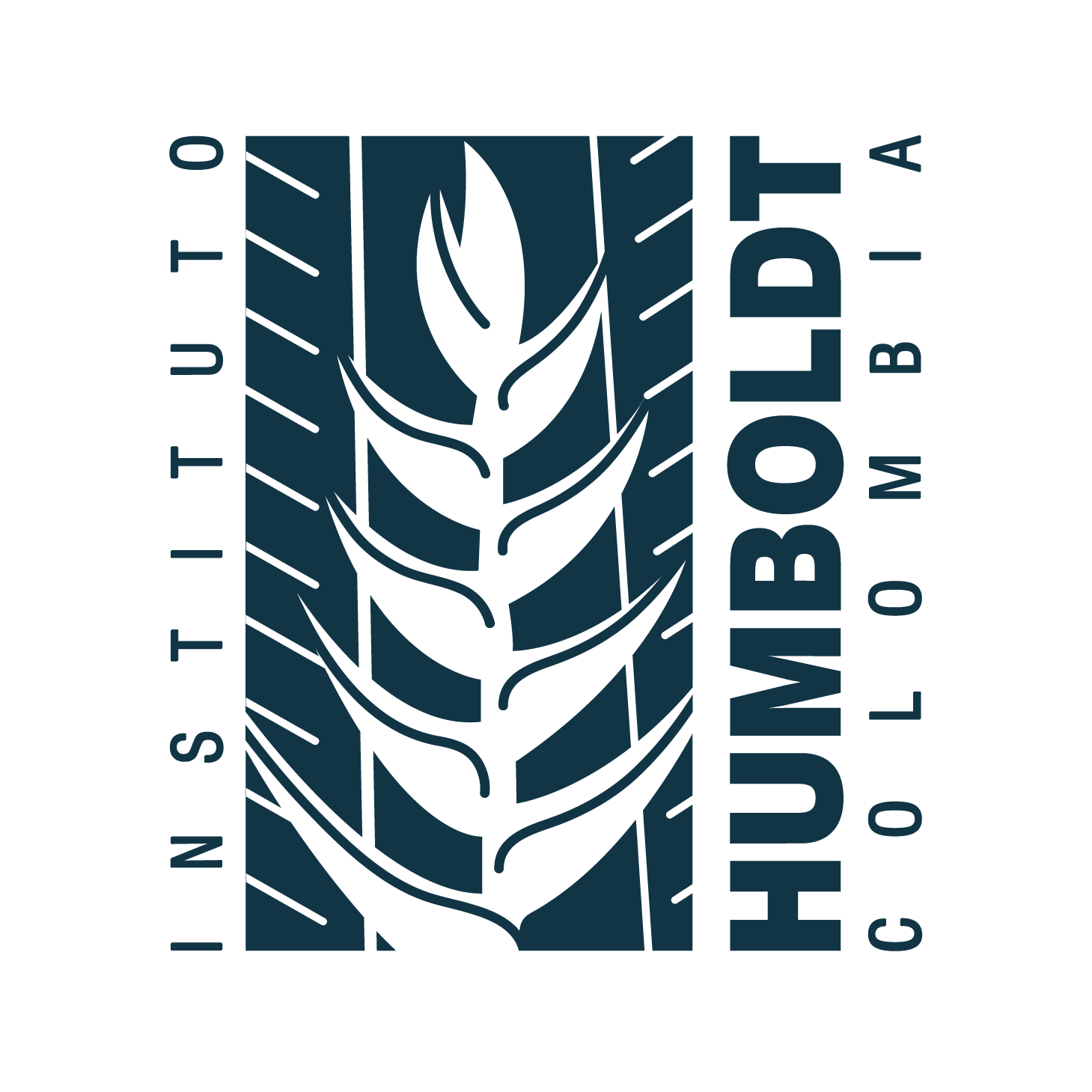Publicación: The Patagonian Steppe biogeographic province: Andean region or South American transition zone?
| dc.creator | Roig‐Juñent, Sergio A. | |
| dc.creator | Griotti, Mariana | |
| dc.creator | Domínguez, Martha Cecilia | |
| dc.creator | Agrain, Federico A. | |
| dc.creator | Campos‐Soldini, Paula | |
| dc.creator | Carrara, Rodolfo | |
| dc.creator | Cheli, Germán | |
| dc.creator | Fernández‐Campón, Florencia | |
| dc.creator | Flores, Gustavo E. | |
| dc.creator | Katinas, Liliana | |
| dc.creator | Muzón, Javier R. | |
| dc.creator | Neita-Moreno, Jhon César | |
| dc.creator | Pessacq, Pablo | |
| dc.creator | San Blas, German | |
| dc.creator | Scheibler, Erica E. | |
| dc.date.accessioned | 2018-11-29T11:00:24Z | |
| dc.date.available | 2018-11-29T11:00:24Z | |
| dc.date.issued | 2018-08-25 | |
| dc.description.abstract | America comprises three biogeographic regions: Nearctic, Neotropical and Andean. In between them, two transition zones (TZ) have been proposed: Mexican and South American. The biogeographic provinces belonging to a TZ have no predominance of biotic elements pertaining to each of its bordering regions. Regarding the Andean region, one of its provinces, the Patagonian Steppe, presents a mixture of different biogeographic elements, which are typical of transition zones. Because of this, we assessed whether the Patagonian Steppe belongs to the Andean region or whether it forms the southernmost part of the South American TZ. We gathered phylogenetic information from 177 taxa that inhabit the Patagonian Steppe and established to which biogeographic element they belong. We followed the criterion that an area can be considered as part of a region when at least 70% of its biota has the same origin, that is belongs to the same biogeographic element. In contrast, when the biota of an area presents a similar percentage of its different biogeographic elements, it could be considered as belonging to a transition zone. We found that the Patagonian Steppe presents a similar proportion of genera of Andean as well as neotropical origin. Therefore, we propose that this province should be included in the South American transition zone. Moreover, inclusion of the Patagonian Steppe as part of this TZ will make it the largest TZ of America, encompassing most of the arid lands of South America. | spa |
| dc.format | application/pdf | spa |
| dc.format.extent | 7 p. | spa |
| dc.identifier.doi | https://doi.org/10.1111/zsc.12305 | spa |
| dc.identifier.issn | 0300-3256 | spa |
| dc.identifier.uri | https://onlinelibrary.wiley.com/doi/abs/10.1111/zsc.12305?af=R | spa |
| dc.identifier.uri | http://hdl.handle.net/20.500.11761/35138 | |
| dc.language.iso | spa | spa |
| dc.publisher | Wiley | spa |
| dc.publisher.edition | Regular | spa |
| dc.publisher.journal | Zoologica Scripta | spa |
| dc.relation | Academic Search (EBSCO Publishing) | spa |
| dc.relation | Biological Abstracts (Clarivate Analytics) | spa |
| dc.relation | Science Citation Index (Clarivate Analytics) | spa |
| dc.relation | Science Citation Index Expanded (Clarivate Analytics) | spa |
| dc.relation | SCOPUS (Elsevier) | spa |
| dc.relation.ispartofseries | Vol. 47, issue 6 | spa |
| dc.source | reponame: Repositorio Institucional de Documentación Científica Humboldt | spa |
| dc.source | instname: Instituto de Investigación de Recursos Biológicos Alexander von Humboldt | spa |
| dc.subject | Biogeografía | spa |
| dc.subject | Biota | spa |
| dc.subject | América del Sur | spa |
| dc.subject | Zonas de transición | spa |
| dc.title | The Patagonian Steppe biogeographic province: Andean region or South American transition zone? | spa |
| dc.type | info:eu-repo/semantics/article | spa |
| dc.type.spa | Artículo | spa |
| dspace.entity.type | Publication |
Archivos
Bloque original
1 - 1 de 1
No hay miniatura disponible
- Nombre:
- 2018-Roig-Juñent-et-al-The Patagonian.pdf
- Tamaño:
- 657.27 KB
- Formato:
- Adobe Portable Document Format
- Descripción:
Bloque de licencias
1 - 1 de 1
No hay miniatura disponible
- Nombre:
- license.txt
- Tamaño:
- 1.79 KB
- Formato:
- Item-specific license agreed upon to submission
- Descripción:

